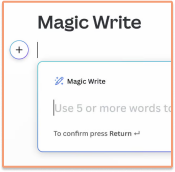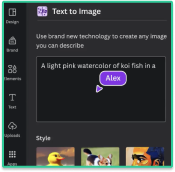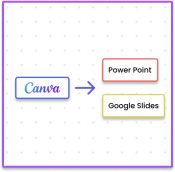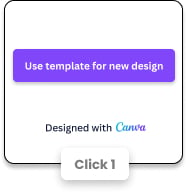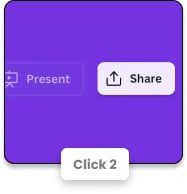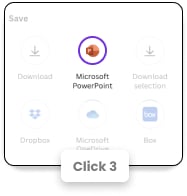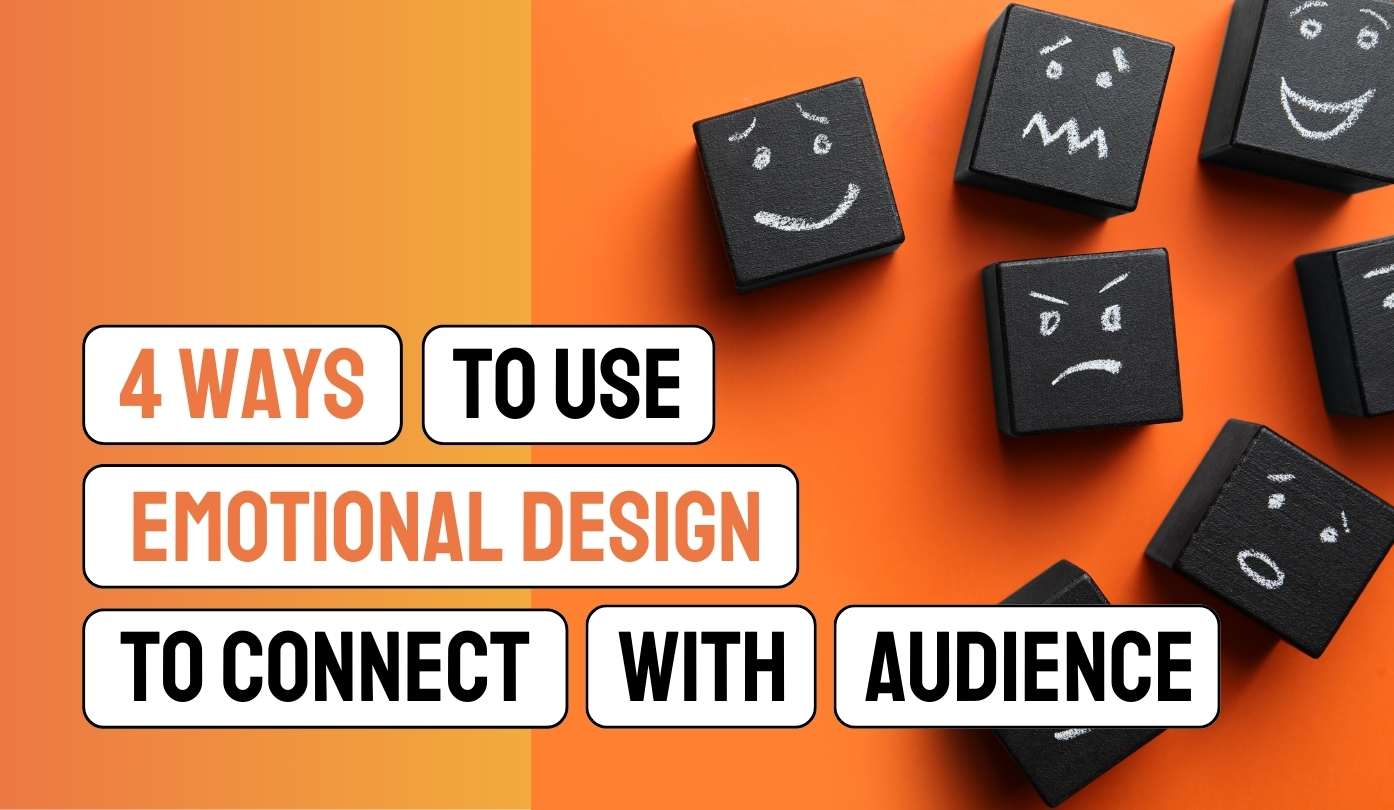
4 Ways To Use Emotional Design to Engage and Connect With Your Audience
In today’s crowded digital landscape, connection matters more than ever. Emotional design goes beyond visuals and functionality—it taps into how users feel, creating experiences that resonate and stick. When done right, it turns passive users into engaged, loyal audiences.
In this post, we’ll cover 4 effective ways to use emotional design to captivate your audience and build lasting connections.
How something looks greatly influences how we feel about it.
In fact, it’s been scientifically proven that the pleasure and experience of aesthetic objects comes not from their actual properties, but how they look. That’s why some abstract art — while bearing no real meaning in form or function — can bring us to tears.
Don’t believe it? Just check out Mark Rothko’s ‘Untitled’ or ‘Blue, Orange, Red’. You wouldn’t be the first to shed a tear over Rothko’s color blocks.
And while, unlike Rothko, you (probably) won’t be putting months and months of time into your design work, it’s still worth considering the emotional impact of your PowerPoint or Keynote before you share it with an audience.
No matter if you’re presenting a deck on medical findings, fashion trends, or academic results, there’s scope for emotional design to increase audience engagement.
- What is emotional design?
- Creating cognitive arousal: 4 ways to elicit emotional response in your presentation design
- Tip #1: Choose your colors wisely
- Tip #2: Shape it up
- Tip #3: Don’t shy away from visuals
- Tip #4: Create a cohesive narrative
- The takeaway?
What is emotional design?
Have you ever been sat in what should be a really interesting presentation, and found yourself lapsing in and out of concentration? Yeah, us too.
Maybe it was a webinar title you were super excited about, or a celebratory end-of-year corporate event deck — even the most interesting narratives can fall flat, if shared in the wrong way.
Often, it comes down to the presenter. Were they animated and engaging? Did they do a good job of nailing the main points? But design plays a huge role, too.
Emotional design communicates immediately and on a visceral level — it makes your audience feel something, beyond the words you’re saying. That’s why an emotional presentation will hold a viewer’s attention for longer — they’ll be captured by your visual narrative, as well as your verbal one.
In scientific terms, we call this ‘cognitive arousal’.
And if you want your audience to stay with you during a 10, 30, or 60 minute presentation deck, then it’s cognitive arousal you want to create.
Creating cognitive arousal: 4 ways to elicit emotional response in your presentation design
While it’s true that some presentations lend themselves more naturally to emotional design, you can apply this new theory to every new deck you create.
In fact, you could say that the drier your topic area, the more you need emotional design to keep your audience engaged! Here’s how you do it…
Tip #1: Choose your colors wisely
Of all the basic elements of design, color has the most potential to evoke emotion.
A nice bright blue backdrop is more likely to put us at ease than that of dark reds and blacks. Equally, dark blues can help to portray authority — just think of your university’s emblem or insurance provider’s logo.
Knowing how to apply color in your presentation will help your viewers feel how you want them to feel. Want people to be shocked by a statistic? Write it in red. Need to appeal to your audience’s sympathetic side? Pale purple can help.
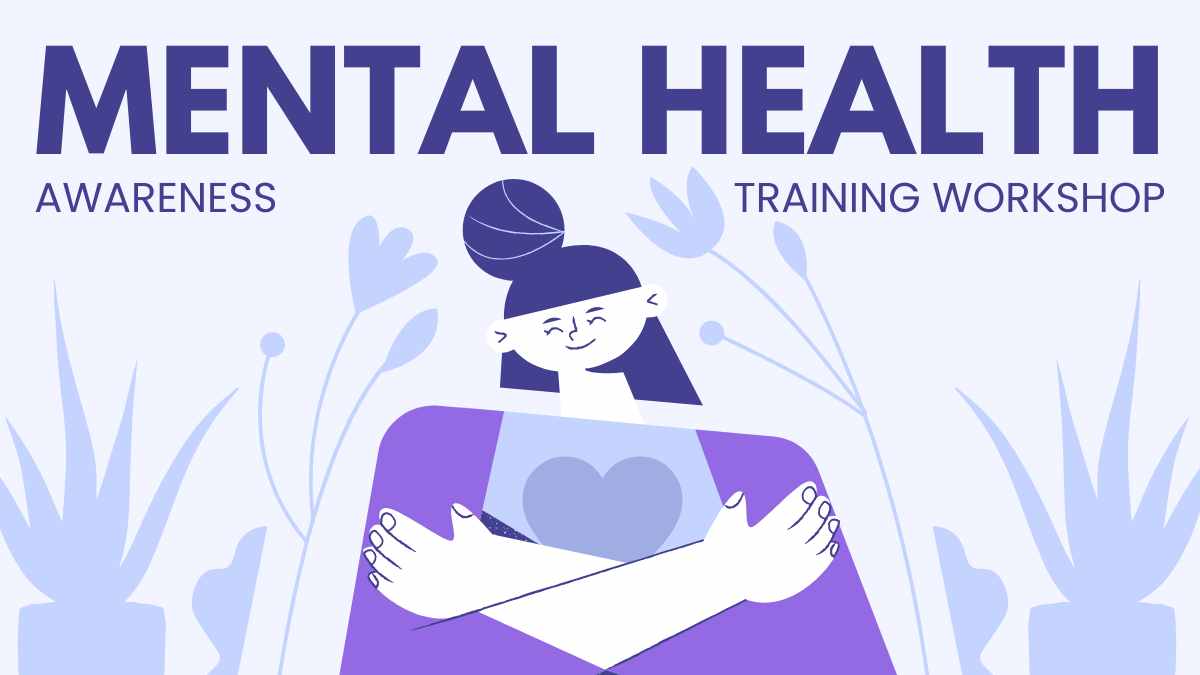
Need to know more? Here’s a quick guide to the semiotic meanings of colors:
- Cool colors are calming
- Warm colors are energetic
- Saturated colors are likely to be felt more intensely
- While paler colors deliver less of a punch
- Lighter colors are usually associated with positive feelings
- While darker colors tend to evoke negativity — although black in particular can also be symbolic of elegance, so watch how you apply it.
Tip #2: Shape it up
TV, theatre, and music producers have been playing with our sense of tension for generations — and now it’s your turn to get in on the action.
Tension produces a combined sense of anxiety, stress, angst, and excitement; surprising audiences a little and causing them to ‘switch on’ to what’s before them.
And, when it comes to presentations, there’s no better way to create tension than with the visual shape and layout of your design.
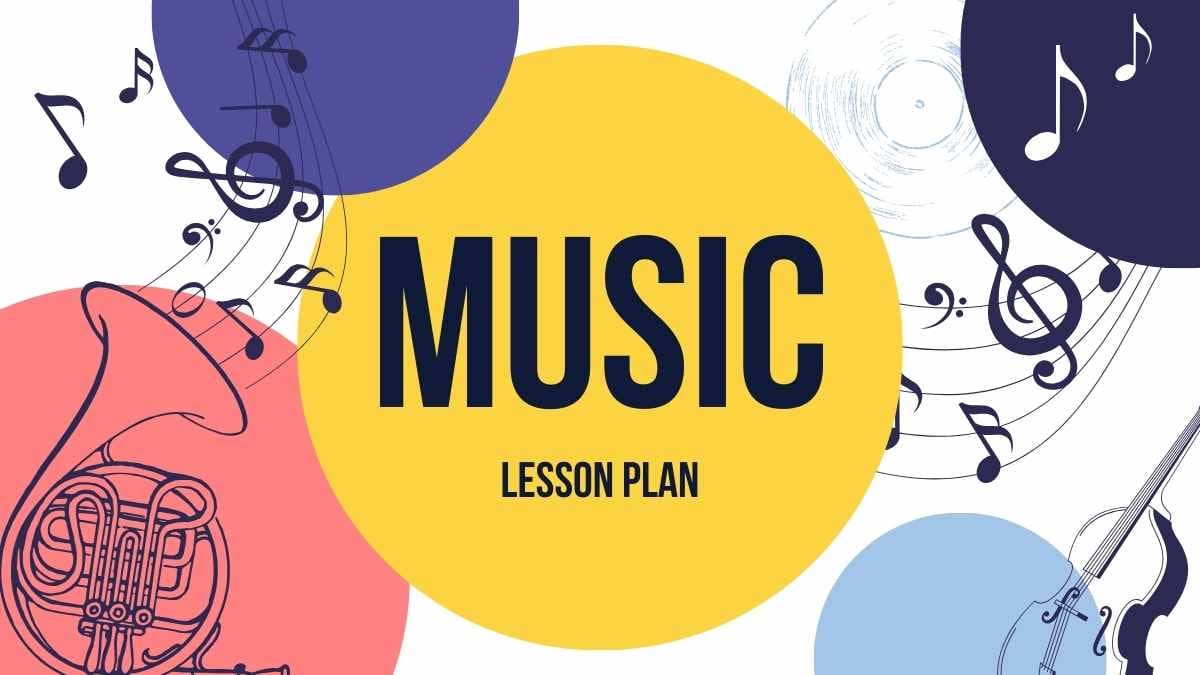
For example, imbalance, when used wisely, is more striking visually compared to uniformity and will intrigue your audience. There are a few ways to de-stabilize your design, as follows:
- Abstract shapes: Shapes that are difficult to identify create tension. A viewer will feel the need to resolve/complete them, causing them to engage more with the content on screen.
- Asymmetry: The human brain has evolved to prefer symmetry — it makes us feel safe. So, if you want your audience to straighten up in their seats, you can play with asymmetrical layouts and images. Try off-balancing your written content, or place an image off center of your screen.
- Exaggeration of forms: Like anything big and bold, large shapes that go beyond the slide almost demand attention.
Tip #3: Don’t shy away from visuals
Strong imagery will undoubtedly get a reaction from your viewer. But what separates a ‘strong’ image from a weak one?
Put it this way: why do you think the Mona Lisa attracts the number of tourists and attention it does? Aside from being a routine part of a trip to the city of love, the way she is looking directly at the camera and the emotion in her face has caused mass fascination among audiences.
It has been said that our brain is tuned to look at facial expressions and we follow the gaze of an eye. Expressive faces capture our attention.
So when you’re thinking of an effective image to use in your slides, consider one of a face — just make sure it’s relevant and pertinent to your content!
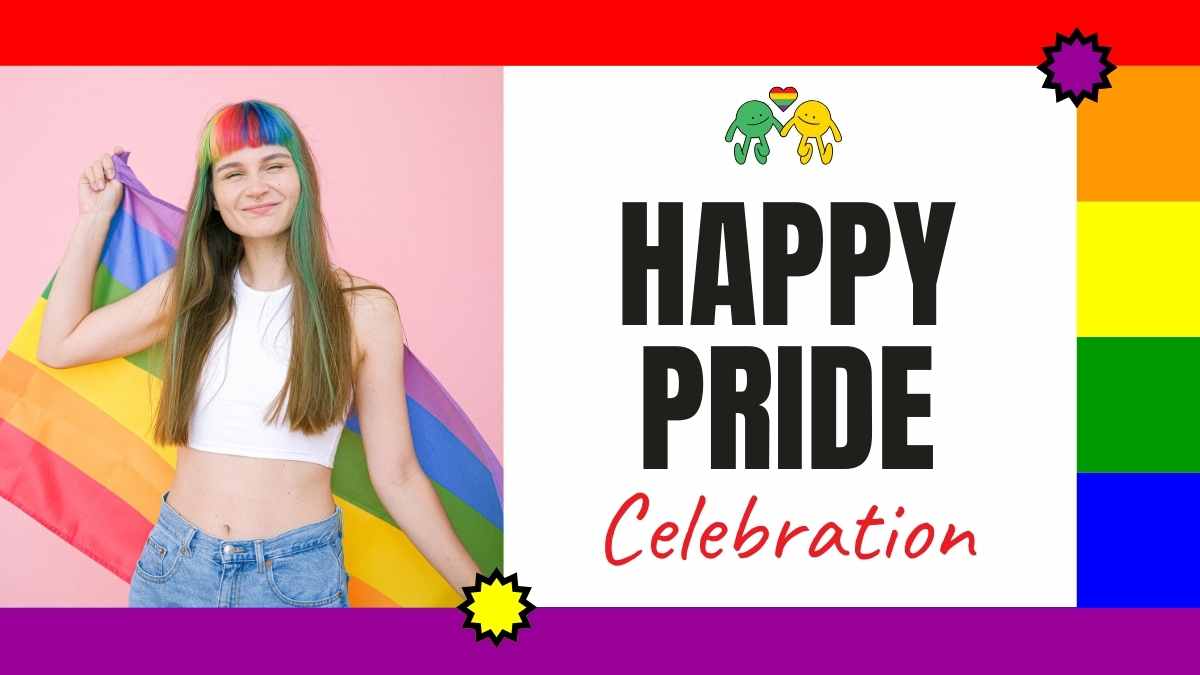
Alternatively, get a little creative. A literal image works fine, but a metaphorical image is more likely to provoke thought and emotion in your audience. Not sure where to go? An image database like unsplash.com will have hundreds of metaphorical images for you to browse.
Tip #4: Create a cohesive narrative
Humans have been telling stories since the dawn of time.
Whether it’s a fairytale about wizards and muggles, real life latest affairs, or a polite conversation about the weather, the power of narrative is what drives person-to-person interaction.
And when someone dramatically changes the conversation, it tends to send us all off-kilter, right?
But asides from the plot of a story, it is the emotion attached to it which draws us in, too.
Harry Potter’s final duel with Voldemort would be nothing if we hadn’t connected with the story and characters for the previous eight years.
And, just like a tear-jerking romcom or an action-packed wizarding finale, every element in a design communicates something and has an effect on the whole.

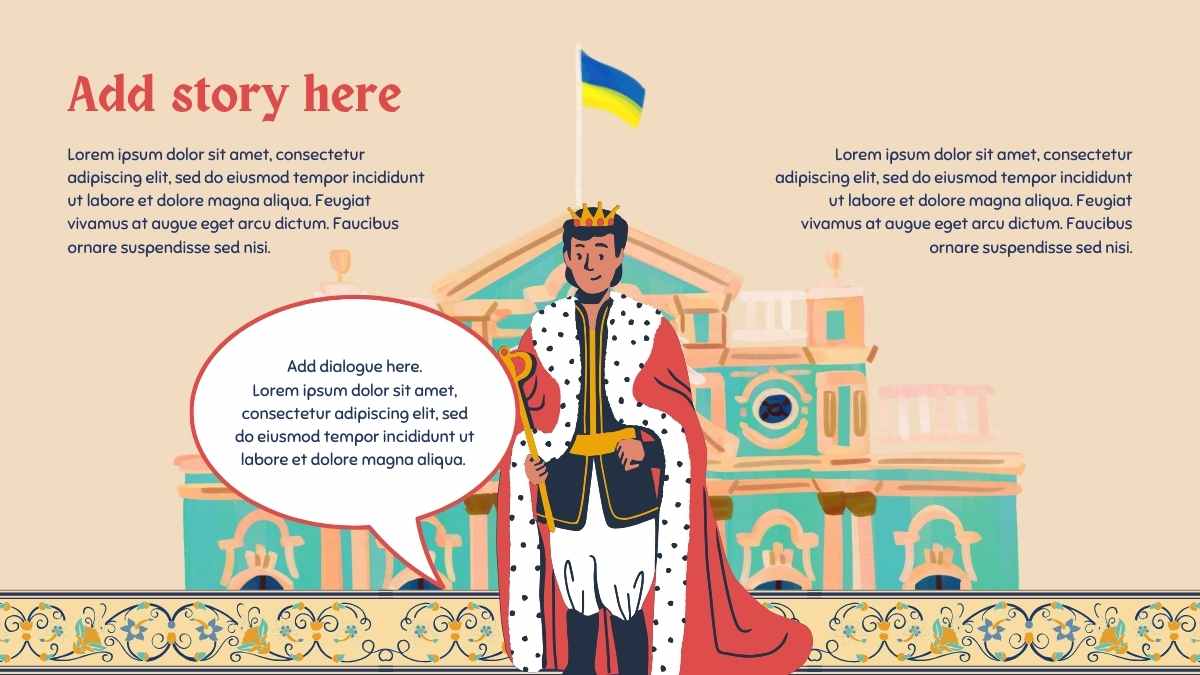
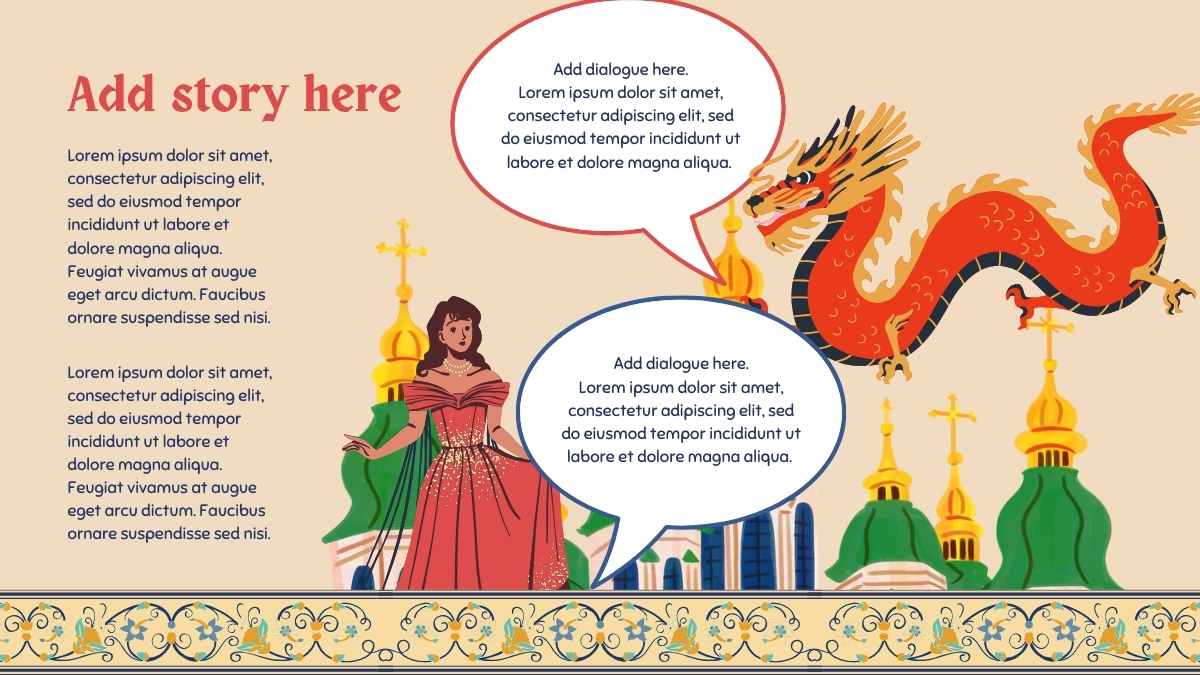
When the elements of your design work together in a cohesive style you create a visual narrative.
Here’s a few tips on creating one that will resonate with your audience:
- Choose an aesthetic that’s in harmony with your message, so it becomes even more meaningful. Different messages to communicate call for a different aesthetic — so go back to your color theory, and find the right hue for you.
- Think about your slides as if they were panels in a comic book. Does the story make sense? Is it cohesive? Are you jumping from plot point to plot point (like the person who changes the conversation mid flow?), or does it all make sense from start to finish?
- Use unity and keep everything consistent in the design with an emotional theme.
- Use surprise or humor in key moments — we want to take the viewer on a journey!
The takeaway?
Yes, designing for emotion will take more time. But when it’s clear you’ve considered your audience, you won’t have anyone staring blankly at you.
Instead they’ll be inspired, captivated, and connected — they may even give you a standing ovation to prove it!
Not sure where to get started? At SlidesCarnival, we have a huge range of templates to make integrating color, shape and photos a walk in the park. Take your first step to captivating an audience and download our free PowerPoint and Google Slides templates now.


